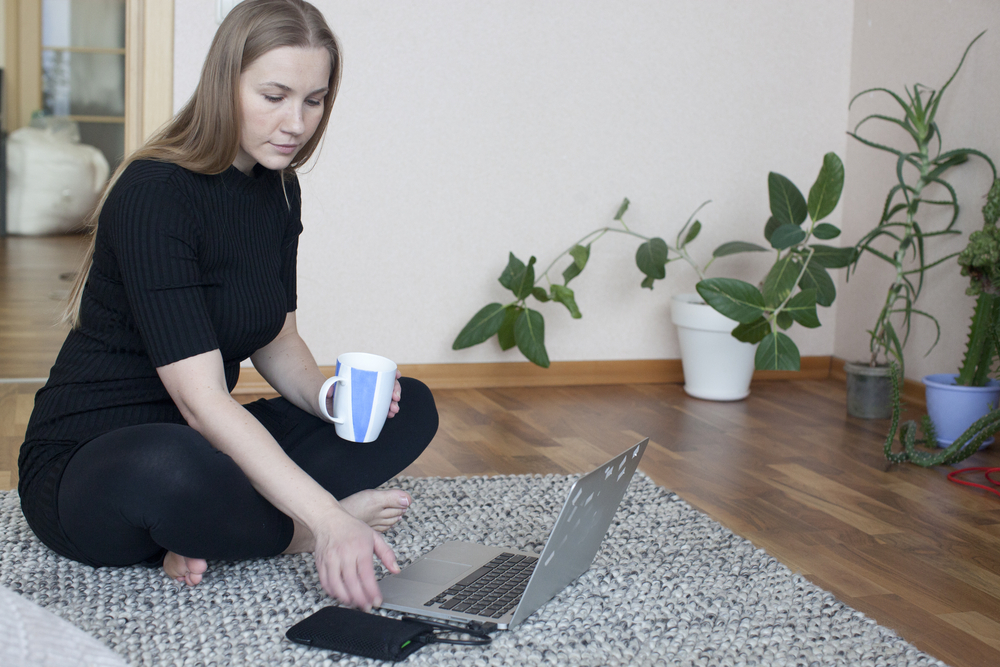Household Bills
Office vs home: 85% of employees want ‘hybrid’ work model

Government guidance to stay home where possible led to a sharp increase in the number of people working from home last year. But most workers want a ‘hybrid’ approach in the future.
An estimated 37% of people worked from home at some point in 2020, up from 27% in 2019, according to the Office for National Statistics (ONS).
People living in London and those aged 30 to 49 were the most likely to work remotely, the data shows.
However, of those currently homeworking 85% expect to share their time between their usual place of work and remote working in the future.
Workers with higher incomes were more likely to expect a hybrid form of working, while those on lower incomes were more likely to expect to work exclusively from either their usual workplace or home.
When asked about homeworking, working adults stated work-life balance was the greatest positive, followed by it being quicker to complete work and offering better wellbeing.
The challenges of collaboration were the greatest negative, followed by fewer job opportunities and it being harder to think of ideas.
Younger workers were less likely to be positive about homeworking. They were less likely to say it improved their work-life balance or ability to work faster. They reported more distractions when working from home.
Online job adverts including terms related to “homeworking” have increased at a faster rate than total adverts, with homeworking adverts in May 2021 three times above their February 2020 average.
Sarah Coles, personal finance analyst, Hargreaves Lansdown: “The death of the office has been greatly exaggerated: half of people were back in the workplace by the third week in May. However, not everyone is clamoring for a return to the rat race, and 85% of people would prefer some kind of hybrid approach – balancing working at home with a few days in the office.
“The challenge now is for employers to work out what that actually means in practice – without giving up and dragging everyone back to work.
“Everyone defines hybrid working differently, so it’s going to be an enormous challenge for businesses to fit the jigsaw pieces together. If you have 30 people, enough space for 20, and they need to come together in 10 different combinations, it’s going to require some complex contortions. Add in the fact that they’ve been able to work whenever and however they wanted for the past year and it’s going to be like herding cats through the kind of intricate obstacle course a collie would struggle with.
“The danger is that employers will conclude it’s simply not possible, and order everyone back into the workplace every day. It risks wiping out the gains people have made in finding the work/life balance that works best for them.”
Find out more: Expenses, benefits and insurance ‘must knows’ of working from home